The University of Chicago Press, Chicago 60637
The University of Chicago Press, Ltd., London
2005 by the University of Chicago
All rights reserved. Published 2005.
Printed in the United States of America
21 20 19 18 17 16 15 14 13 12 5 6 7 8 9
ISBN-13: 978-0-226-50988-4 (cloth)
ISBN-13: 978-0-226-50989-1 (paper)
ISBN-10: 0-226-50988-5 (cloth)
ISBN-10: 0-226-50989-3 (paper)
ISBN-13: 978-0-226-92262-1 (e-book)
Library of Congress Cataloging-in-Publication Data
Masuzawa, Tomoko
The invention of world religions, or, How European universalism was preserved in the language of pluralism / Tomoko Masuzawa
p. cm.
Includes bibliographical references and index.
ISBN 0-226-50988-5 (hardcover: alk. paper)ISBN: 0-226-50989-3 (pbk.: alk. paper)
1. Religions. 2. Religion. 3. EuropeReligionHistory. 4. Universalism. I. Title: Invention of world religions. II. Title: How European universalism was preserved in the language of pluralism. III. Title.
BL80.3.M27 2005
200.704dc22
2004021998
 The paper used in this publication meets the minimum requirements of the American National Standard for Information SciencesPermanence of Paper for Printed Library Materials, ANSI Z39.48-1992.
The paper used in this publication meets the minimum requirements of the American National Standard for Information SciencesPermanence of Paper for Printed Library Materials, ANSI Z39.48-1992.
The Invention of World Religions
Or, How European
Universalism
Was Preserved
in the Language
of Pluralism
TOMOKO MASUZAWA
The University of Chicago Press Chicago and London
To the memory of Walter H. Capps (19341997)
Contents
A few steps around the corner from the Pantheon, in the heart of Rome, one comes upon a small square, typically crowded with parked cars during the day. At the center of Piazza Minerva stands a curious monument, a charming stone statue of a smiling elephant carrying an obelisk on its back, tilting its head to the side and playfully lifting its trunk, as if in greeting. As with all the pagan relics of conspicuous size erected in the city, the obelisknot a very tall one by comparisonis crowned with a cross, and in this fashion the monument graces the approach to the church of Santa Maria Sopra Minerva, or as one local guidebook translates it, Our Lady on Top of Minerva. The church, indeed, was originally built in the eighth century on the ruins of a temple of Minerva, and the obelisk, which was discovered in 1665 in the garden of the Dominican monastery attached to the church, is said to have belonged to a temple of Isis that once stood nearby. The elephant, a somewhat diminutive creature with demure aspect, smaller ears, and stubby tusks, suggests that it could be of an Asian variety, and its ornate saddle reminds one of a royal howdah from India. To be sure, what the image of an elephant conveyed or what India meant to the contemporary observer when the monument was erected in 1667 could not have been quite the same as what such things signify to us today. Nor is it likelygiven that this was nearly two centuries before Champollion deciphered the Egyptian hieroglyphicsthat either the artist, Gian Lorenzo Bernini, or Pope Alexander VII, who commissioned the work, knew what the inscription on the obelisk had to relate, namely, certain exploits of Apries (known in the Hebrew Bible as Hophrah), a pharaoh in the sixth century bce and an ally of Zedekiah, king of Judah, against Nebuchadnezzar. Today, all this intelligence is readily available to anyone who consults the Blue Guide , the vade mecum of post-Victorian British travelers, and still the tour book of choice for the learned. For this, we owe much to the scholars of the nineteenth century, as well as to their contemporaries sudden passion for travel and sightseeing, a relative novelty among the middle classes that has since become a general habit. Today, the best view of the piazza can be obtained from the front rooms of the Grand Hotel Minerva, now owned and operated by an American concern, InterContinental Hotel Group, the parent company of Holiday Inn.
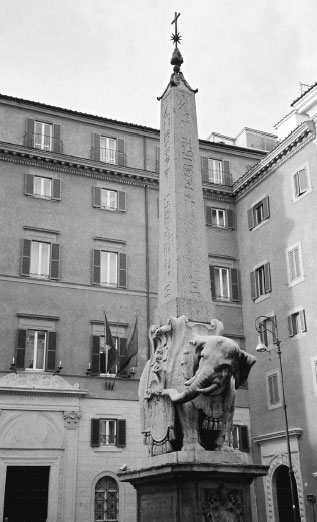
Gian Lorenzo Bernini and Ercole Ferrata,
Elephant Obelisk in Piazza della Minerva (1667).
S. Maria sopra Minerva, Rome, Italy.
Authors photograph.
Not exactly a panorama of world cultures, the small Roman square thus turns out to be a miniature theater nonetheless, upon which the historically minded observer can find traces of high drama, of what might be billed as the struggle for modern European identity, or the making of the Westa complex negotiation straddling the past few centuries, involving all the typical processes: acquisitive incorporation of the ancient and venerable, the imprint of some unknown catastrophe, fragmentation, transference of objects and meaning, oblivion, erasure, and the partial, symptomatic recovery of what was once lost. Neither a mere anachronistic aggregation nor a parliamentary assembly of representative religions, this monument and its precinct together seem to symbolize an accomplishment of sorts, if only, in the end, to signal to the casual observer just who is on top.

This book concerns a particular aspect of the formation of modern European identity, a fairly recent history of how Europe came to self-consciousness: Europe as a harbinger of universal history, as a prototype of unity amid plurality.
The book finds its central question in the following historical fact. For many centuries Europeans had a well-established convention for categorizing the peoples of the world into four parts, rather unequal in size and uneven in specificity, namely, Christians, Jews, Mohammedans (as Muslims were commonly called then), and the rest. The last part, the rest, comprised those variously known as heathens, pagans, idolaters, or sometimes polytheists. This conventional ordering began to lose its ruling authority in the first half of the nineteenth century, and in the early decades of the twentieth, there suddenly appeared an entirely new system, namely, a list of roughly ten to a dozen world religions; the list was often accompanied by an indeterminate number of other, minor traditions. This new system of counting the religions of the world replaced the old hierarchy of nationsthat is, nations in the archaic sense of the term, not yet construed as nation-statesand the new system has since turned into a convention, which is still regnant today. The list has not been significantly altered or seriously challenged in the past hundred years. This book is an investigation into what happened in the nineteenth century to produce this change.
Without a critical investigation, the change from the old four-part classification to todays world religions list might appear to be simply a matter of revision and refinement, that is, a matter of subdivision of the fourth category of the old system (the pagans/heathens/idolaters) into more specific, individual religions, hence a matter of more precise differentiation supposedly made possible by the increasingly more exact and accurate state of empirical knowledge. Such a speculative train of thought celebrating the achievements of modern knowledge may also give license to the presumption that the prevalence and stability of the world religions list todayand of the standard description of each religionis but a consequence of better science. If there is a convention to list ten, eleven, twelve, or so world religions, may it not be simply because there really are just so many major religions in the world, together with numerous other minor traditions that may be roundly called others?


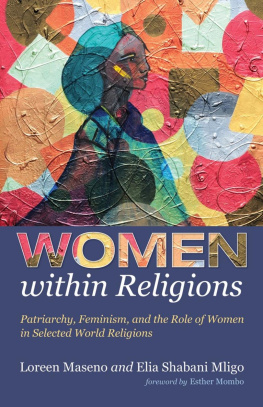

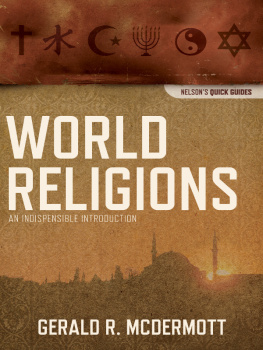


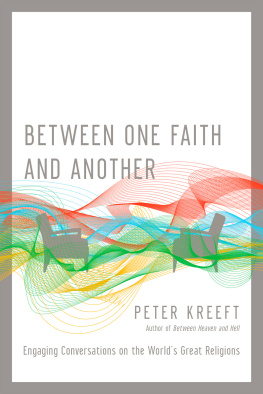
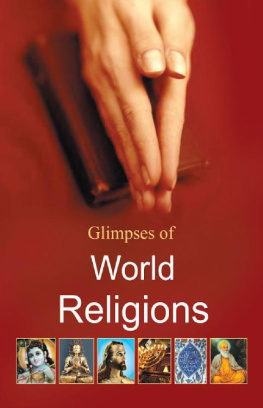
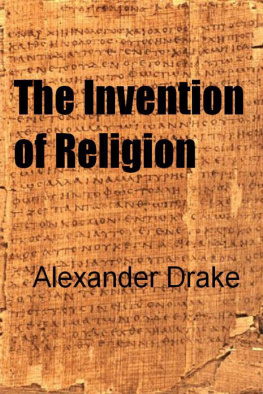
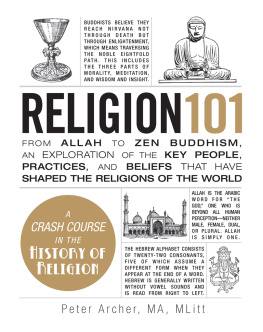
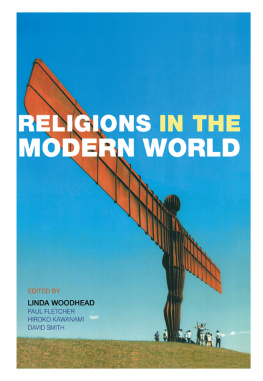
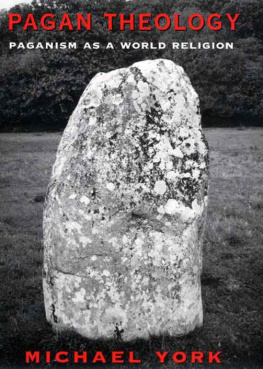
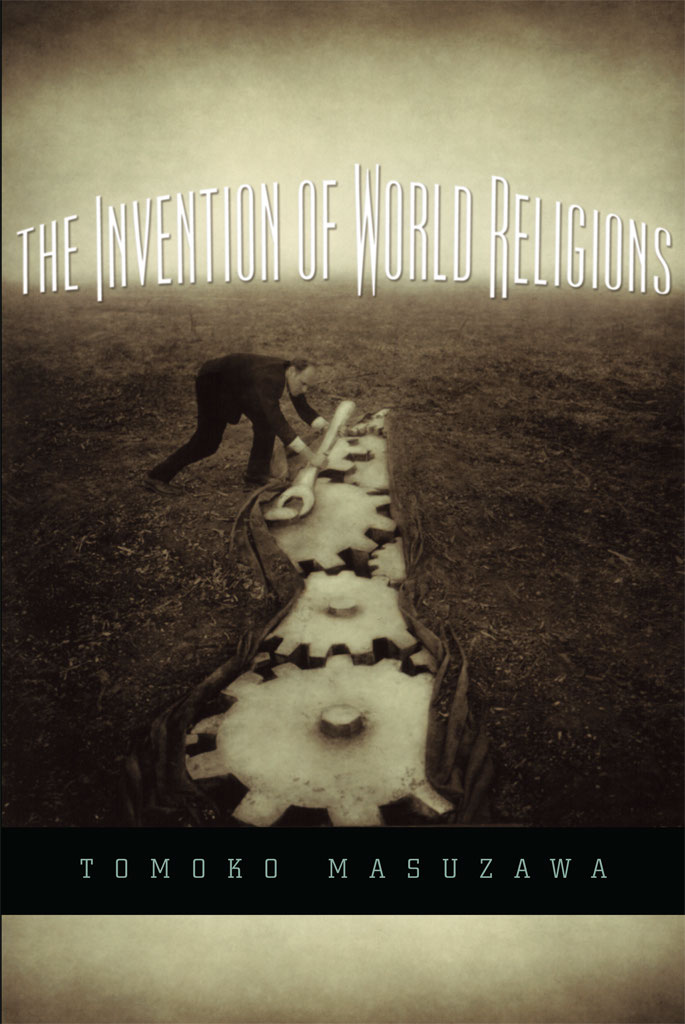
 The paper used in this publication meets the minimum requirements of the American National Standard for Information SciencesPermanence of Paper for Printed Library Materials, ANSI Z39.48-1992.
The paper used in this publication meets the minimum requirements of the American National Standard for Information SciencesPermanence of Paper for Printed Library Materials, ANSI Z39.48-1992.
